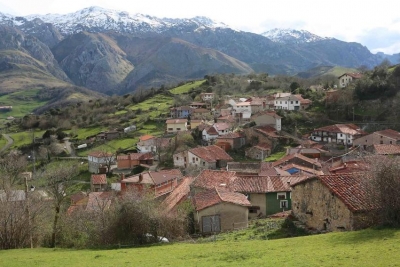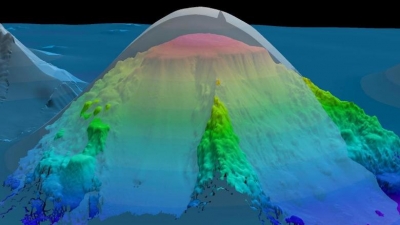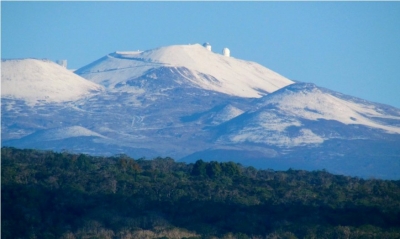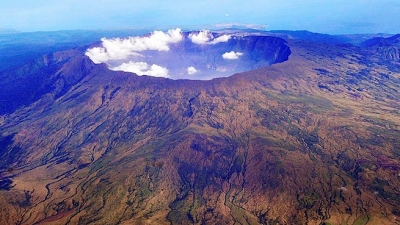Which great civilization originated in the Andes?
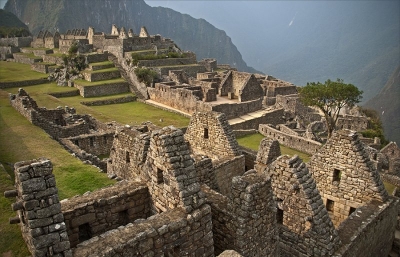
The Andes Mountains were the seat of the ancient Incas. The Incan Empire was the largest empire in the Americas till 1532 AD. Between 1438 and 1532 the Incas had gained control over a large portion of western South America.
The civilization flourished till the arrival of the Spanish conquistadors in 1532 AD, who wiped out the last true ruler of the Incas, Atahualpa.
The Incas were extraordinary people. Their main language was Quechua but they did not have a written script. Instead they recorded information by tying knots into coloured ropes called quipu. They accomplished great feats of engineering using unconventional methods.
They built magnificent cities such as Machu Picchu high in the mountains and constructed suspension bridges and roads that crossed steep mountain valleys.
Sadly, their unique civilization was destroyed by the Spanish who carried away their wealth and made the Incas their slaves.
Picture Credit : Google
